We update the interior >>>> What plants are good for the atmosphere in a house or apartment?
What plants are good for the atmosphere in a house or apartment?
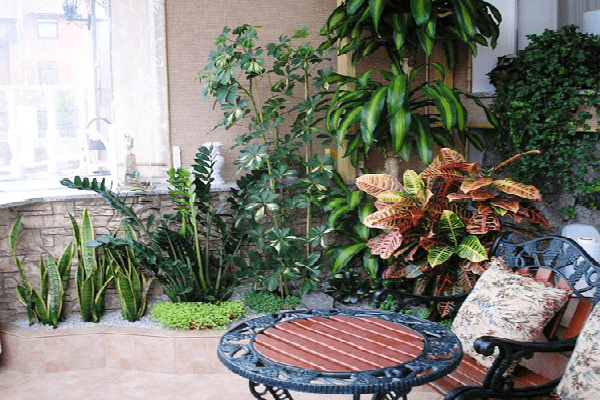
The best atmosphere in a closed living space is that created by natural, biological life forms - plants. In addition to the fact that plants improve mood during their usual contemplation, they create a microclimate in an enclosed space, which has a beneficial effect on the general state of human health. But not all decorative or edible plants are useful to keep indoors.
What plants improve the atmosphere in a living space? Thin-leaved and coniferous perennial plants change the microclimate in the room in the best way, producing oxygen in the process of photosynthesis and taking carbon dioxide from the atmosphere of the room. The most flawless in this matter are plants with thin leaf blades and needles, young shoots of green plants (growth forces a young plant to absorb carbon dioxide in large quantities) and moisture-loving plants of the lower tier of the tropical forest.
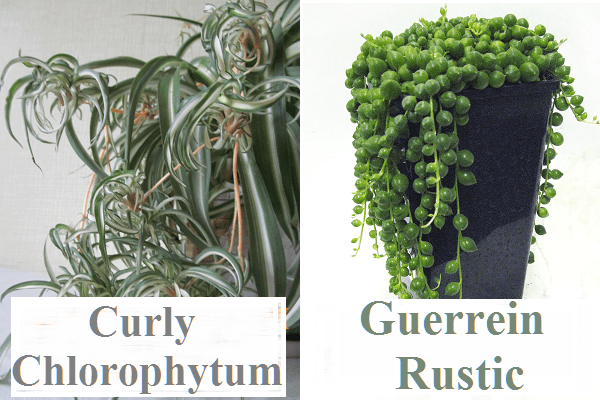
Rarely flowering, liana-like and sloping plants (Cissus, Tradescantia, Curly Chlorophytum, Guerrein's Rustic, Tetrastigma Vuagnier, Climbing Philodendron, Scindapsus, Creeping Callisia, Sprenger's asparagus, asparagus Meyeri, Reo creates a beautiful atmosphere). These plants are useful for the atmosphere in a home or apartment. But some types of climbing plants should not be planted in a residential environment: Gloriosa luxurious, Ivy, Philodendron. Such plants are appropriate on a balcony or closed veranda.
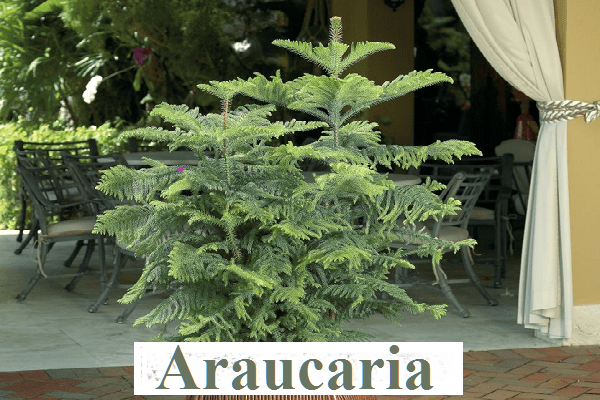
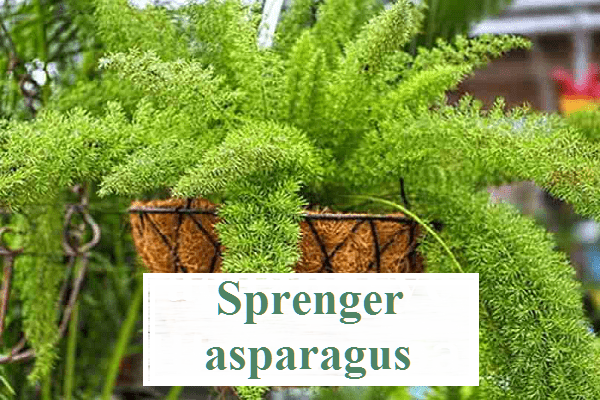
Useful for humidifying the air in the room Calamus cereal, Cypress, Hamedorea, Ficus, Bocarnea (Bottle tree), Araucaria, Platiterium.
And some useful plants in the house absorb moisture from the air: coffee tree, Kalanchoe, Gerrain's Rustic, Zamioculcas, Reed drooping, Pogonaterum (Indoor bamboo), Fern, Cyperus, Sansevieria, Fittonia.
Of the flowering plants, the most popular for creating a natural oasis indoors are Hibiscus, Saintpaulia, Gerbera, Fuchsia, Orchid, Hyacinths. But Geranium, Pellargonia, Begonia, Balsamine, Cantedeschia (Calla), Amarilis belladonna, Akalifa, Anthurium, Oleander, Dipladenia, Catharanthus, Allamanda, Azalea, Cyclamen, Adenium obese, Clivia, Echmeya, Echmeya, Brovallia are considered beautiful plants, Brovallia To avoid the poisonous effects of indoor plants, a balcony, veranda or a separate room under a greenhouse, but not living quarters, will be a suitable place for breeding them.
Some seemingly attractive plant life can be extremely harmful in a living environment (but not in a conservatory or indoor greenhouse where people spend a little time). Plants with large flowers or profusely blooming in the midst of flowering are able to fill the room not only with pleasant aromas, but also with pollen, which will float in the air with every movement of the plant (at the moment of a draft or simply hurt), which will harm allergy sufferers and people with breathing problems (with chronic bronchitis, shortness of breath or any manifestation of lung disease and heart failure).
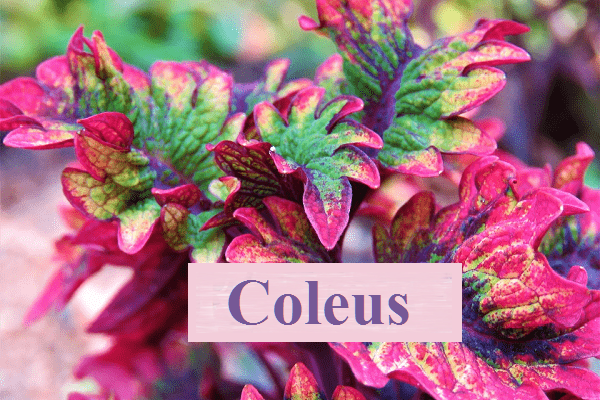
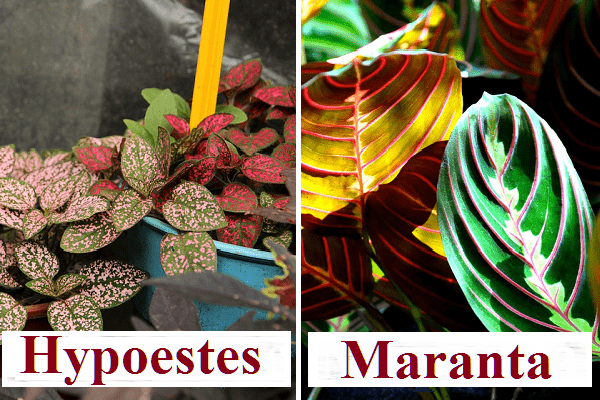
It is worth avoiding in the interior of closed living quarters so beloved by all plants with decoratively painted leaves (Poinsettia, Dieffenbachia, Cyclamen, Striped scarlet, Aglaonema changeable, Kraton, Anthurium, Kaladium, Schefflera, Pachypodium Lamer, Beresclet), as well as favorite plants with carved leaves: Monstera, Fatsia. Instead of these types of plants for decorating the room and simultaneously creating a natural atmosphere, it is better to plant Maranta, Scindapsus, Dracena, Reo, Fittonia, Hypoestes, Coleus.
Do not forget about plants whose leaves exude aromas - phytoncides. These volatile compounds, irritating mucous membranes, can cause headaches, shortness of breath, cough, runny nose, lacrimation, nervous system disorders, sleep disturbances, weakness and weakness in the body, and unpleasant taste in the mouth.
At first glance, it is very pleasant to inhale the aromas of basil, thyme, bay leaves, eucalyptus, citrus fruits, myrtle and other fragrant leafy plants that are commonly grown indoors. And the existing myth that phytoncides "destroy" harmful microorganisms in the air (especially viruses and bacteria) often supports the owners' confidence in the need to grow plants that exude strong odors. Phytoncides do not "exterminate" anyone, but drive away insects, which is why plants emitting odors are used in garden plantations as a natural protective barrier against insects. And these aromas are harmless for humans and pets only for a short period, but in the conditions of continuous filling of the atmosphere of a living room with volatile compounds, they have a harmful effect on the state of organs and their systems.
It is no coincidence that nature endowed some plants with obsessive odors - this is a defensive reaction of plants from representatives of the animal world, which they will do in a living room - exude frightening phytoncides. Viruses and bacteria do not care about phytoncides, and a person (or his pets) may face health problems.

Read

Read


























